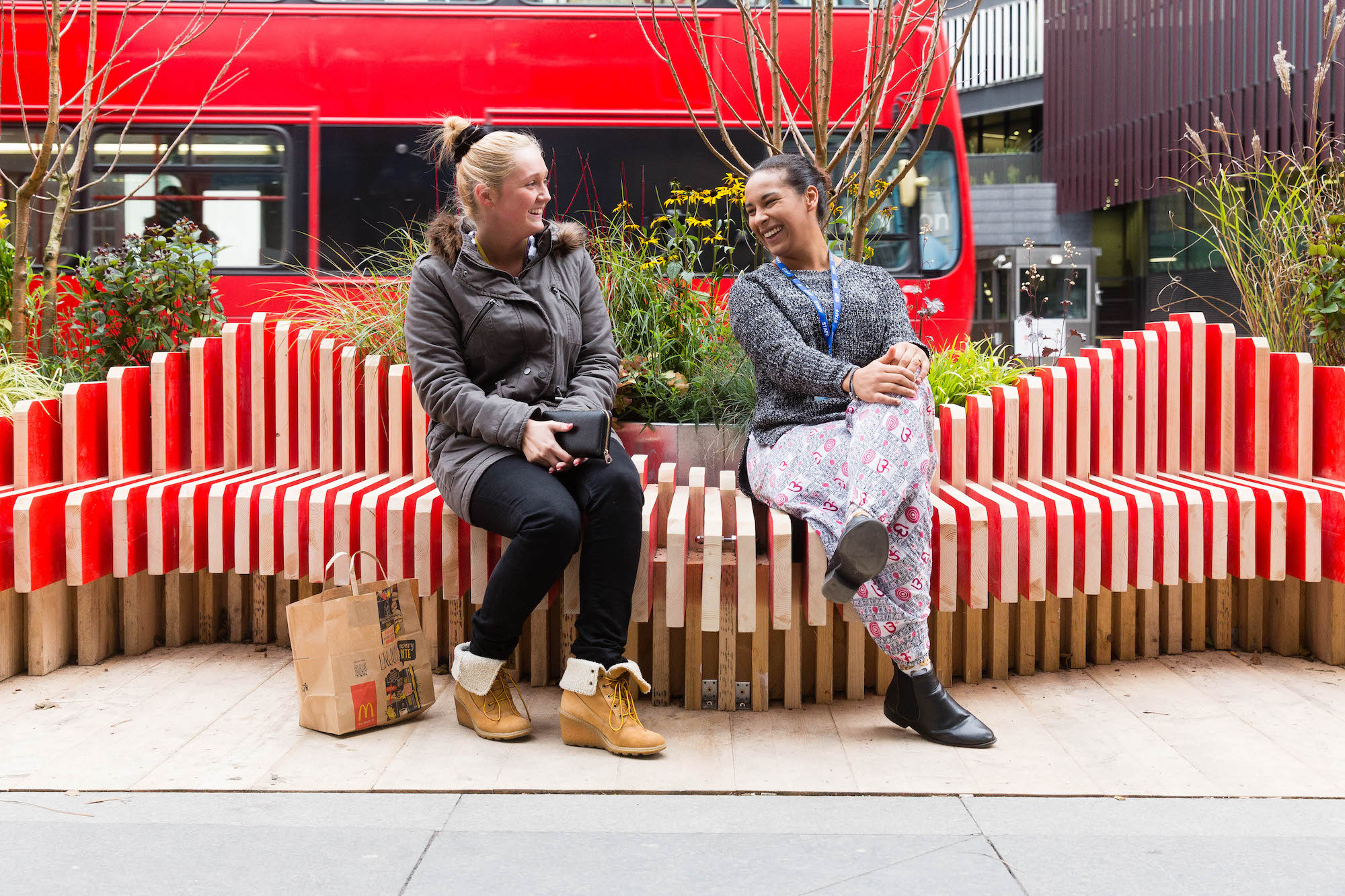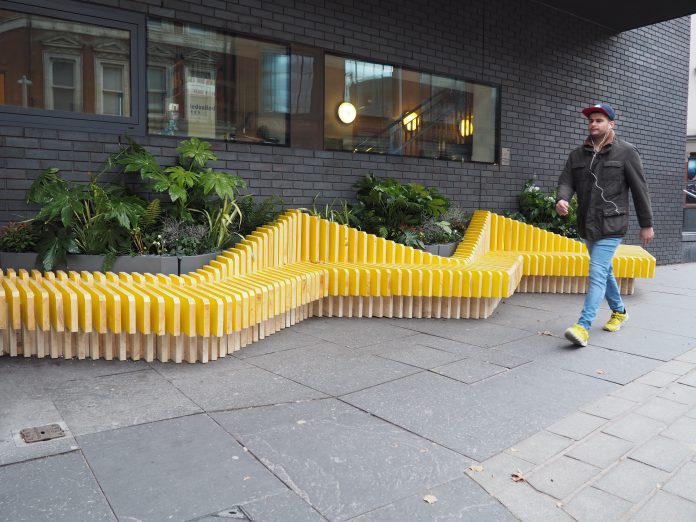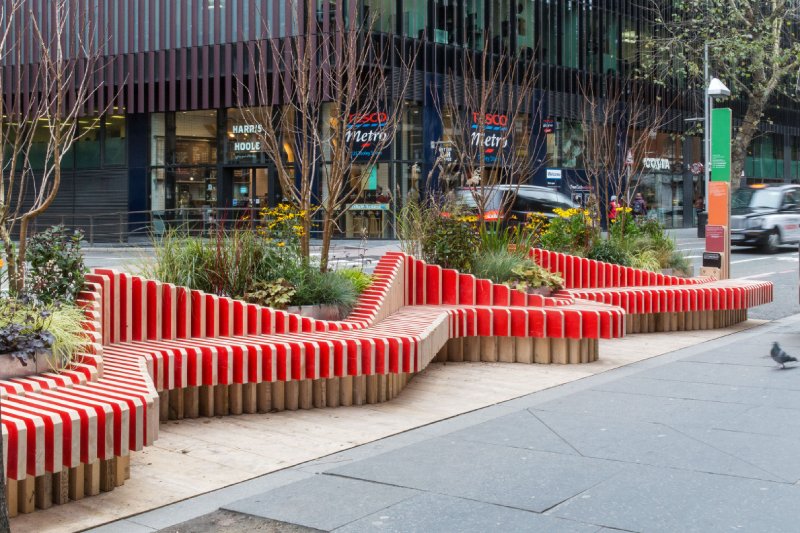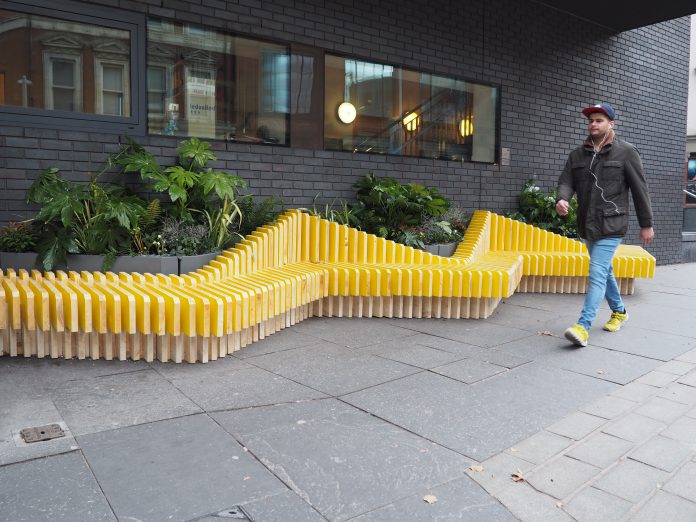2015 – Present
Fresh Air Squares
Bustling, busy streets are all part of living in one of the most vibrant parts of the capital. We live, breathe and enjoy our outdoor spaces on a daily basis, but at what cost? The air quality in London is increasingly topical as we strive for healthier lifestyles, so how do we know how clean the air is and how can we improve it?
In spring 2015, Team London Bridge (TLB) and partners held a competition to design a series of Fresh Air Square parklets in the London Bridge area. The brief was to create modular, portable micro-parks that replace car parking spaces for a period of one week to a year, improving the local environment and monitoring the air quality around it.



About
The Fresh Air Squares competition generated over high calibre 60 entries and three designers were shortlisted and invited to present at a London Festival of Architecture crit at City Hall in June 2015.
An expert panel that included representatives from the London Festival of Architecture, Southwark Council, Transport for London, the Greater London Authority, Future Cities, and Team London Bridge critiqued the three practices in front of an audience of nearly 100 people.
The panel chose WMBstudio, a London and Liverpool based practice, to design and deliver the first Fresh Air Square in November 2015. Their proposal, named ‘The Parked Bench’, features a striking design that is simple, modular and flexible. It has also allowed for enhancements to the important planting and air quality messaging aspects that are the raison d’etre of this project.
This first Fresh Air Square on Tooley Street was delivered as part of the TFL Future Streets Incubator fund which committed £1.8m to transforming public spaces in the Capital. This visionary piece of public realm architecture was replicated in two further sites in London Bridge 2016-18.
Deputy Mayor Isabel Dedring said: “Eighty per cent of all public space in London is on our roads. Roads are crucial for moving Londoners around, and carry upwards of 20 million people a day. But they are also part of our neighbourhoods. Disused or underused parts of the road network can play a part – as in this brilliant scheme – in creating new public spaces and nicer neighbourhoods, without compromising wider movement on the roads. We would love to see more schemes like this across London.”
Media & Resources
Landscape Institute Two new Fresh Air Squares installed at London Bridge
Landscape First Parked Bench
